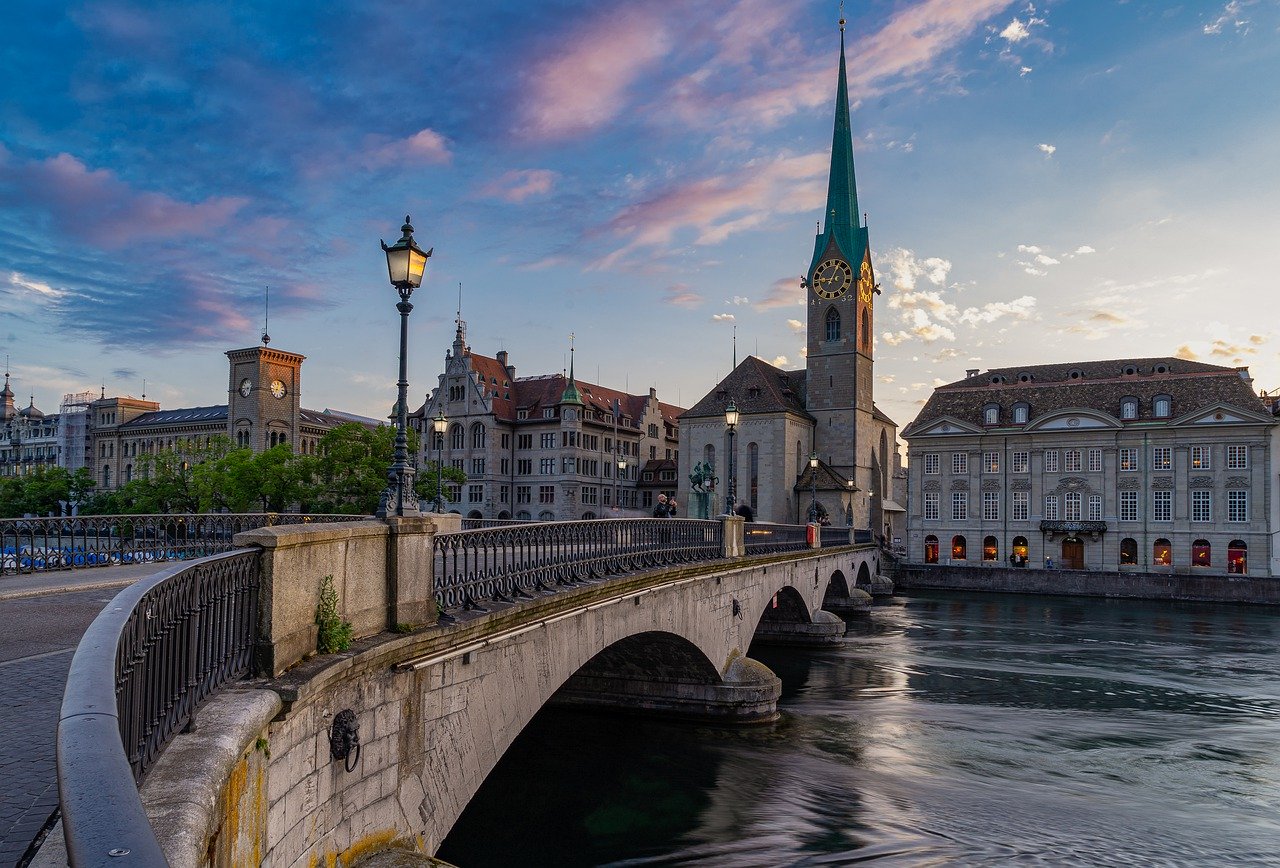Thanks to Anna of Expert World Travel for authoring this article.
Switzerland has a long and fascinating history, and its cities tell stories that are a testament to that. This amazing country has been home to countless artists, scientists, historical figures and events that have greatly changed our world.
But if you want to absorb this history, culture and tradition, where exactly should you go? That’s the question I’ll attempt to answer here, in this guide to Switzerland’s best historic cities.
Lucerne
Lucerne has an abundance of historical sites and important monuments, but none are quite as important as the Lion of Lucerne. The iconic sculpture of the dying lion is a memorial to all the Swiss soldiers who died during the French Revolution, so be sure to visit and pay your respects.
Another iconic Lucerne sight is Zytturm, the medieval clock tower surrounded by Lucerne’s old city walls. It’s definitely worth it to stop by here, before you cross the ancient bridges to the other side of Lucerne. The clock tower is also home to a clock museum, which features many antique timepieces. Plus, since this entire area is atop a hill overlooking Lucerne, so you can also enjoy some wonderful scenic views of this charming Swiss city.
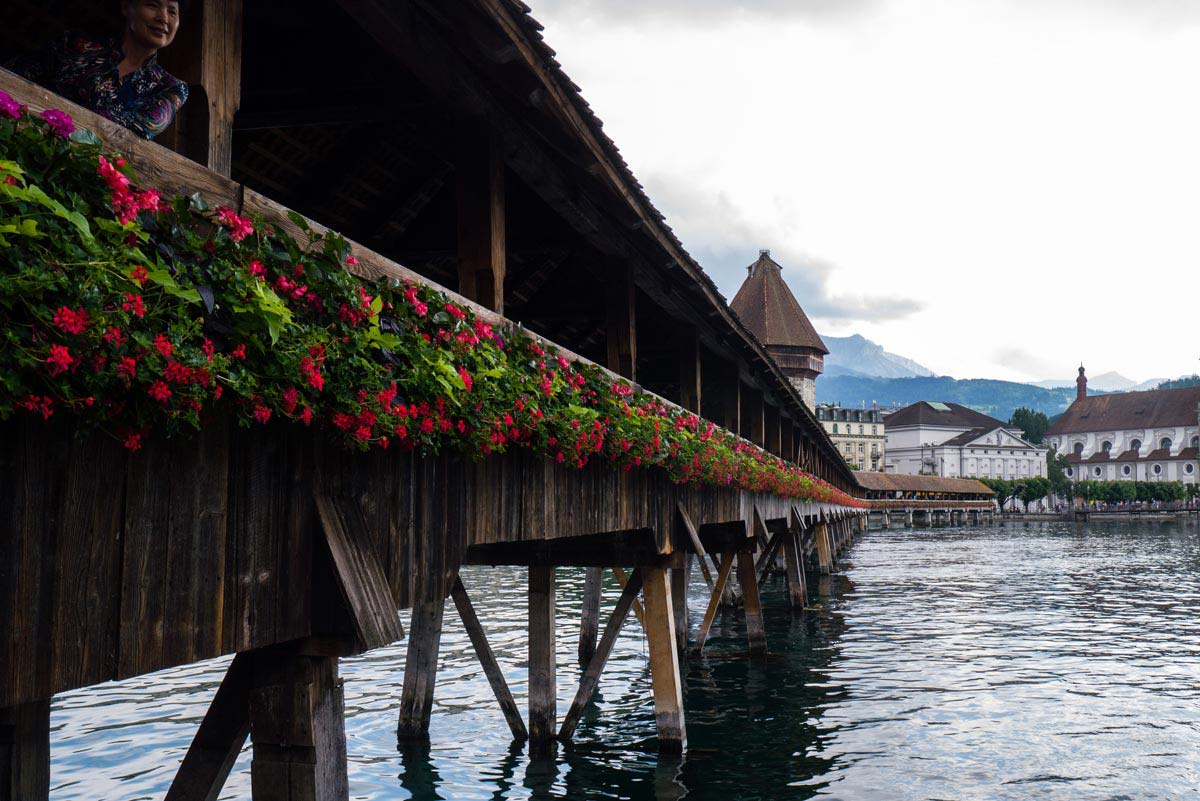
There are even more historically important sites in Lucerne on the other bank of Reuss. Head to Spreuer Bridge to get to the other side of the city – the ancient wooden footbridge is another must on a proper historic tour of Lucerne, as it was built back in the 15th century.
This side of the city is home to Jesuit Church, a 17th century Baroque church with a simple exterior and a breathtaking interior.
If you venture even further outside the city center and towards the shore of Lake Lucerne, you will find the Richard Wagner Museum. The famous composer lived in a lakeside house in the latter half of the 19th century, which is now a museum with permanent exhibitions dedicated to his life and works.
Zurich
Once upon a time, in the early 20th century, Vladmir Lenin lived in Zurich with his wife. He returned to his home country when the Russian Revolution broke out in 1817, but you can still walk by his old apartment on Spiegelgasse street. You can’t actually go inside, since there’s just a plaque on a building wall, but it’s worth it to walk by and take photos.
This is especially true since the spot is just minutes away from Cabaret Voltaire, considered to be the birthplace of Dadaism. This locale is more than a hundred years old, and it was founded by Hugo Ball, the man who is considered the founder of Dadaism.
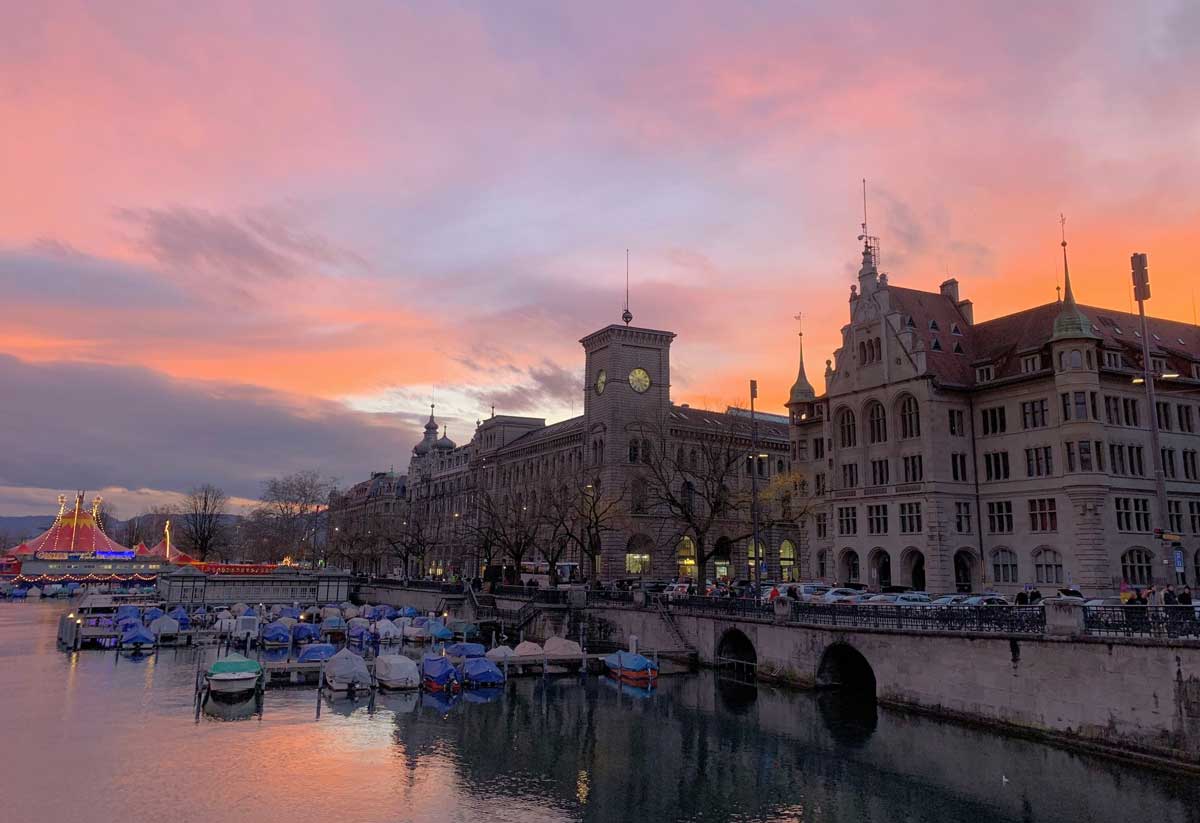
There are even more important historic sites in the area. One of them is Grossmünster, the iconic 12th century cathedral best known for its twin towers. And just across the bridge from this church, there’s an even older one – the 11th century Fraumünster Church, which is best known for stained glass by Marc Chagall.
Since watches are an important part of Swiss tradition, you could also learn about their history. Zurich is home of Uhrenmuseum Beyer Zürich, a small but incredibly interesting museum dedicated to the history of watchmaking. You can see all sorts of unique timepieces here, ranging from pocket watches adorned with diamonds, to elaborate golden clock statues.
Geneva
The city of Geneva is known for many things, but it is the most notable being the home of CERN research institute. Researchers at CERN are responsible for many important technological advances of our day and age, but the one that has impacted our lives the most is definitely the invention of the World Wide Web, by Tim Berners-Lee who was a scientist at CERN.
And that’s not even scratching the surface of historic importance of this city. Geneva is also the home of St Pierre Cathedral, a 12th century Protestant church that eventually became the adopted home church of John Calvin. The Reformationist also established a theological school in the 16th century, which would eventually evolve beyond the religious studies, and become the University of Geneva.
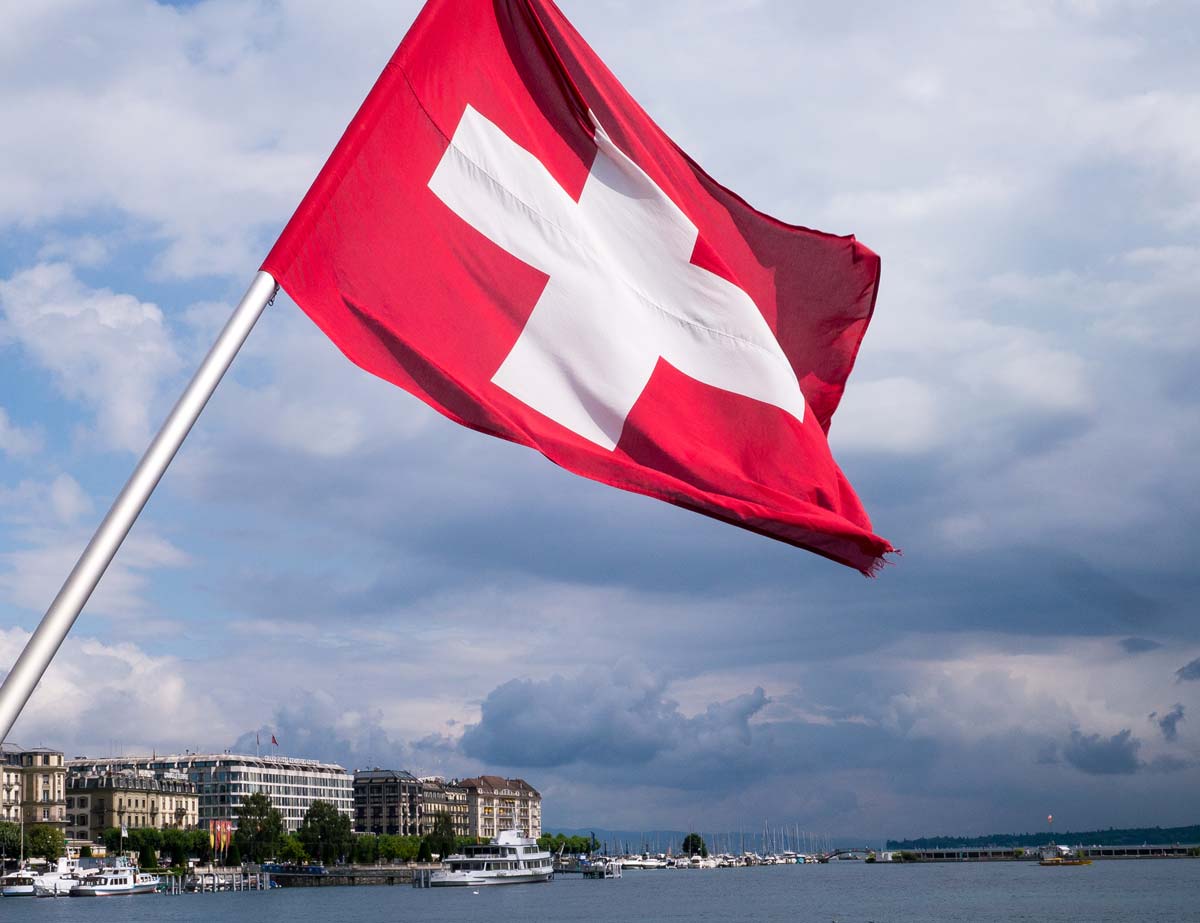
A few minutes away from the University, you will find the Patek Philippe Museum. Wristwatches and clocks are a huge part of Swiss culture and tradition, so it’s perfectly appropriate to include a museum dedicated to one of the nation’s greatest watchmakers in a historic tour of the city. The museum houses Patek Philippe timepieces from the 16th century onwards, and it is an absolute must for anyone who is even remotely interested in watchmaking.
Bern
With an entire part of the city classified as a UNESCO World Heritage site, Bern is one of the most historically important cities in Switzerland. And not at all because it is the de facto capital of the country, but because it is home to so many buildings and monuments that are centuries old.
The city of Bern is home to Einstein House, where the famous physicist lived for two years, and where he actually developed the Theory of Relativity. A historic tour of Bern undoubtedly includes a trip to this apartment, which is furnished in the style of Albert Einstein’s time. It is located on the third floor in Kramgasse 49 street, and walking through the doors of the apartment feels like stepping back in time.
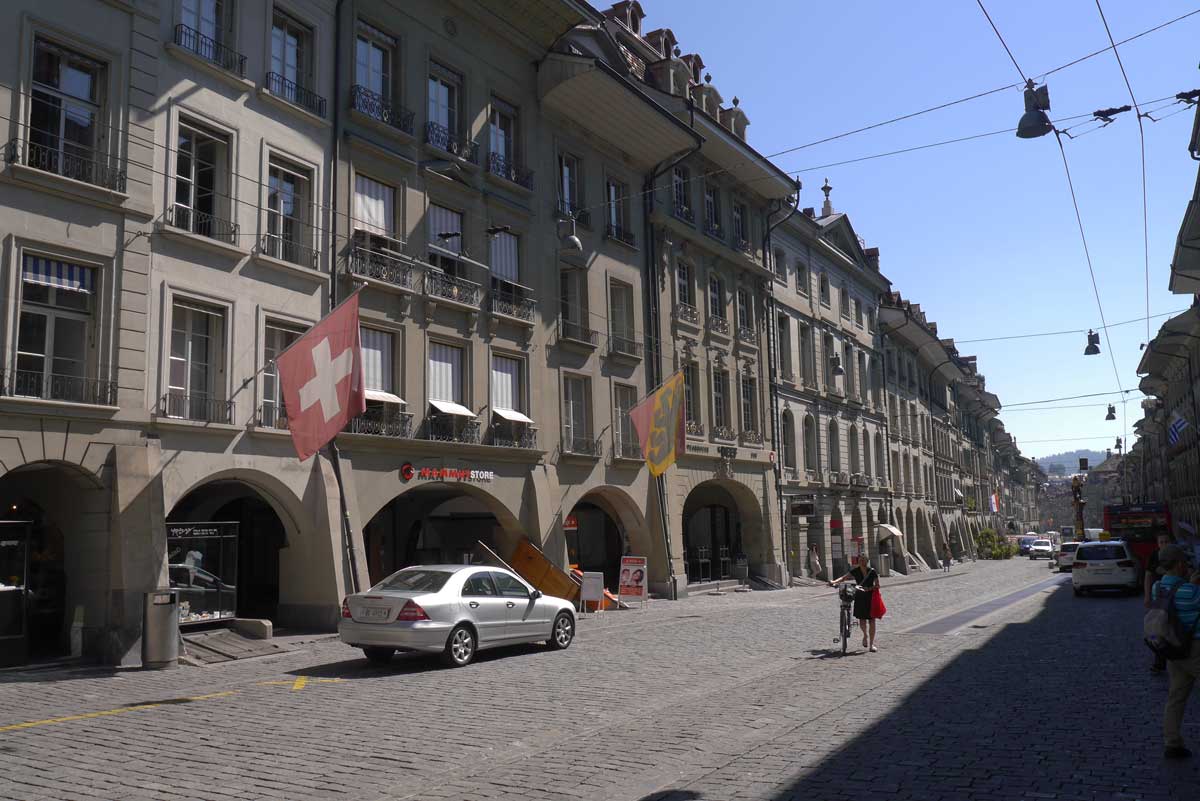
And just down the street from this iconic spot you will find two more historic sites – Zytglogge, a 15th century clock tower and Zähringerbrunnen, a 16th century fountain. Other notable sites in this area are Church of the Holy Spirit, an 18th century church built in Baroque style and Käfigturm, a 17th century clock tower.
Let’s not forget about The Cathedral of Bern, perhaps the most iconic city sight. The gothic cathedral is best known for its 100-meter tall spire, and stained glass that dates all the way back to the 1400s.
Zermatt
One can’t talk about historic sites in Switzerland and not mention Zermatt, the gorgeous little town in the foot of the Matterhorn. This town illustrates a different side of Swiss history, and a much darker one at that.
Zermatt is home to Matterhorn Museum – Zermatlantis, a rather unique museum that focuses on the history of Zermatt and its surrounding mountains. You can see photos from the first ever ascent of the Matterhorn – try not to cringe when you see the thin, worn-out rope used. You can also learn about the darker side of these ascents, and about all the people who lost their lives trying to climb the mountains around Zermatt.
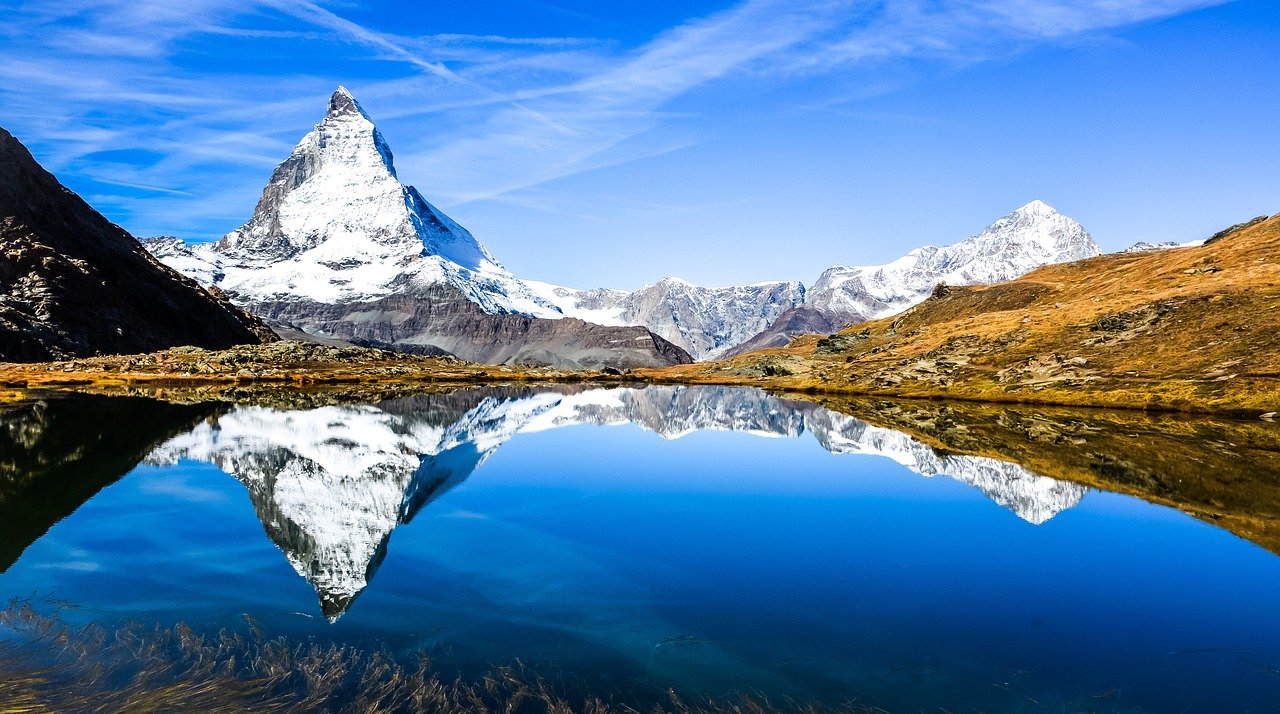
In fact, just across the street from this museum is Mountaineer’s Cemetery, where mountaineers who died climbing Zermatt’s mountains are buried. It is absolutely worth your time to stop by the cemetery, and pay your respects to the brave men and women who died doing what they loved.
Gruyères
The medieval town is best known for the production of cheese of the same name, but there’s so much more to it than just the cheese. The town is the home of Gruyères Castle, a 13th century fortress with a long and varied history.
With eight centuries worth of history to learn about, expect to spend a couple hours at this charming fortress. You can see the stained glass windows from the Middle Ages, admire Jean-Baptiste Camille Corot’s paintings, see the wall decorations that were commissioned under the Ancien Régime and a lot more.
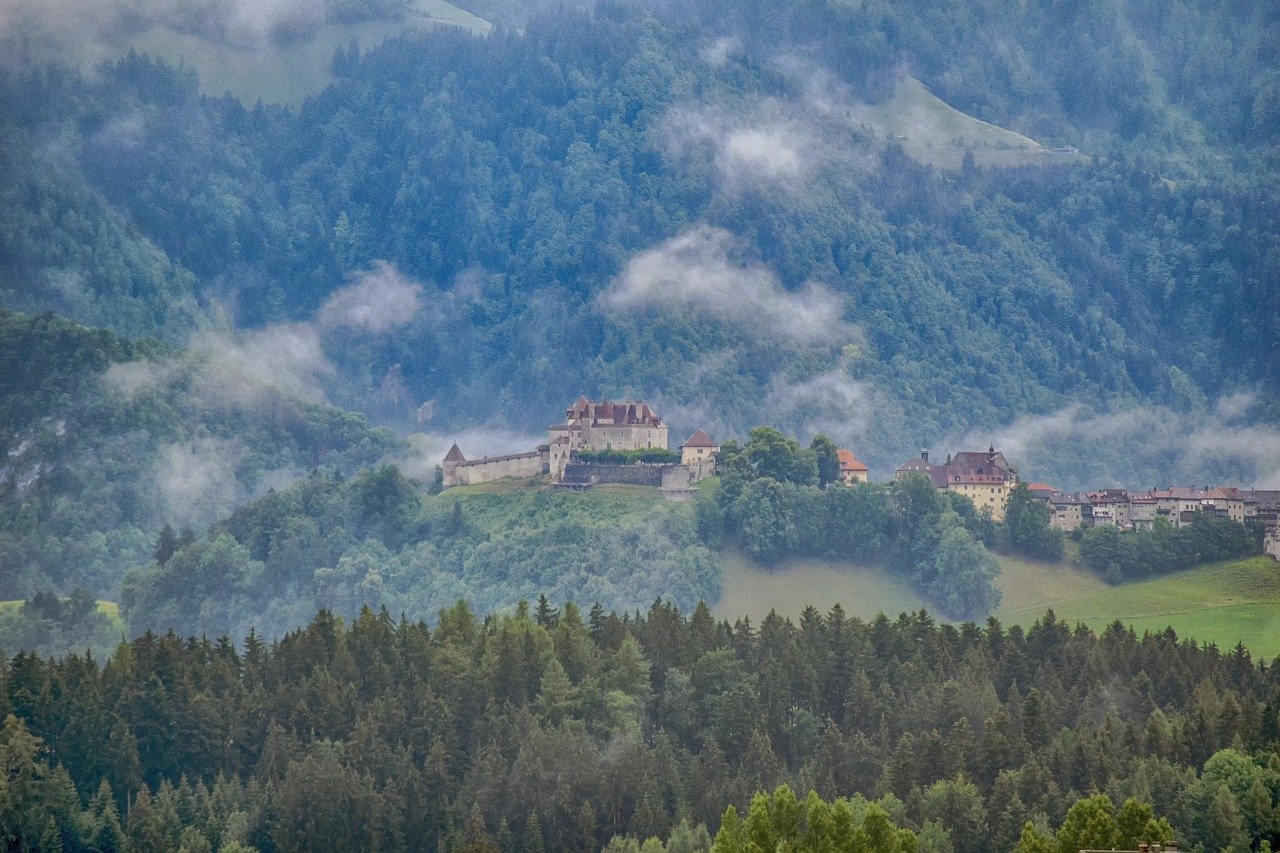
And the best part is that you can watch a 20-minute multimedia show that will tell you everything you need to know about the rich history of this amazing castle.
There are two museums worth visiting in close proximity to the fortress. One is entirely dedicated to the works of H.R. Giger, and it will most likely be interesting only to people who are fans of the Swiss artist. The other museum is the Tibet Museum, which is housed in a small space but packed full of various Himalayan art exhibits. The latter is an experience anyone can enjoy, and it can be particularly impactful for spiritually sensitive people.
And of course, you cannot leave this wonderful medieval town without trying the namesake cheese. Order a bucketful of fondue, try not to think about calories and cholesterol, and enjoy your decadent dinner!
Baden (in Aargau)
Baden is a town very close to Zurich, and it’s actually frequently called Baden by Zurich (or Baden in Aargau), in order to distinguish from the many different Badens in Switzerland. But if we’re talking about historical importance, this is the Baden that matters the most, and the one that should be on everyone’s mind.
The city might not have many ancient buildings, but it does have something that the Romans were talking about in a different era – mineral hot springs. Therefore, a visit to the thermal baths is an absolute must, if you’re truly dedicated to exploring historically important places in Switzerland.
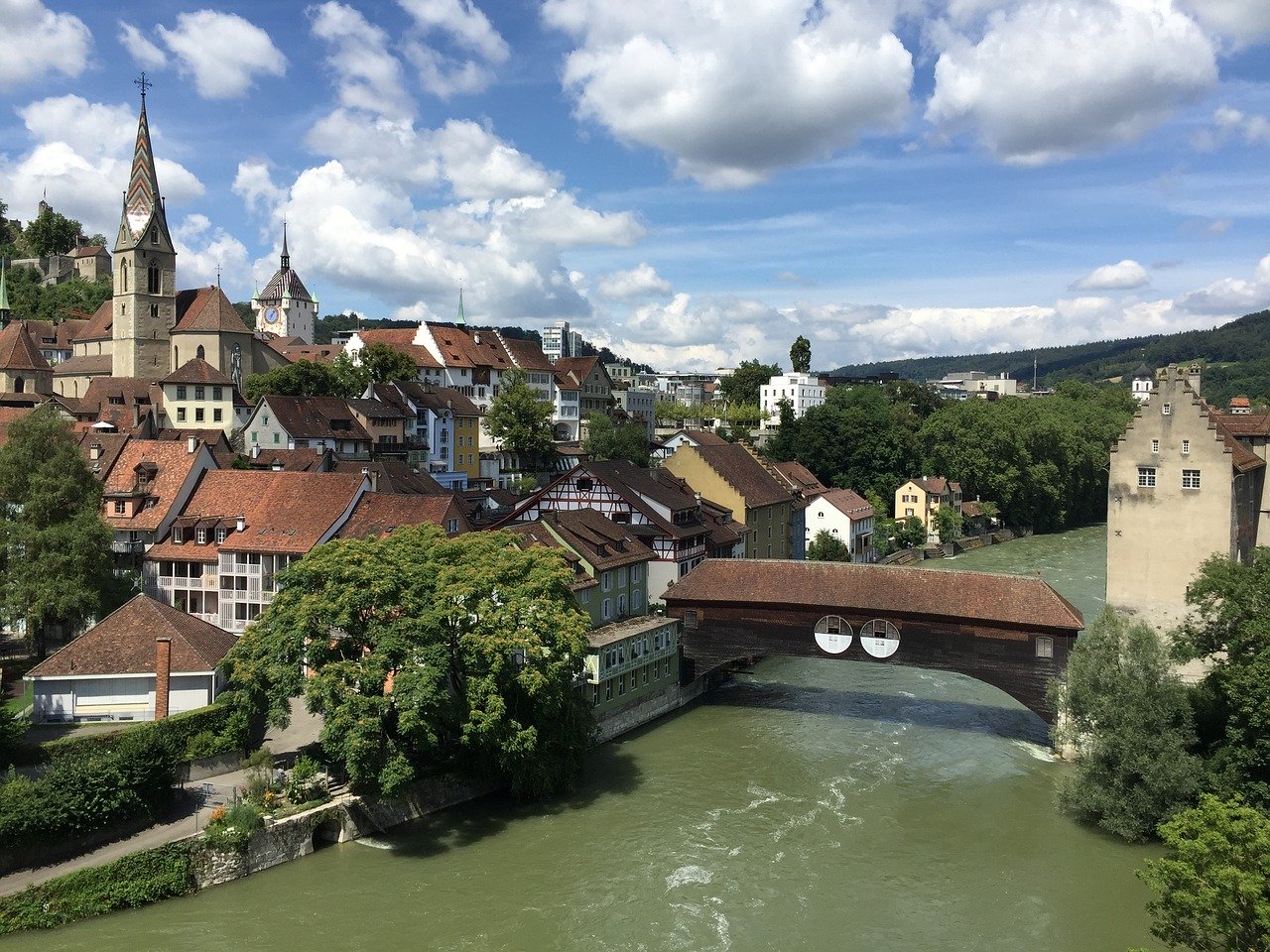
We recommend that you also check out Historisches Museum Baden, for even more information on the history of the famed hot springs. And you can also stop by the ruins of Stein Castle, and see what remains of the once majestic fortress. It’s worth it to visit the ruins just for the breathtaking views of this gorgeous Swiss city.
About the author
Anna was born to travel the world having studied languages all her life. Although she has travelled the world, she now calls Switzerland home and spends her time writing about her experiences on Expert World Travel. Follow her on Facebook, Twitter, and Pinterest.

